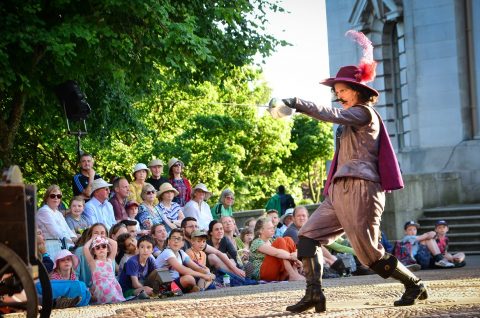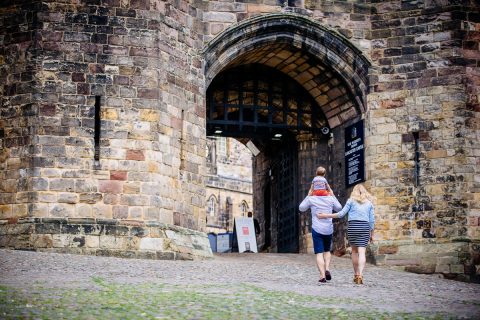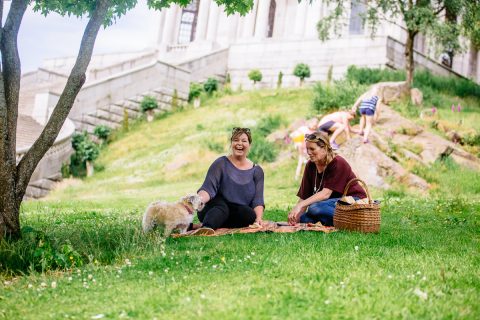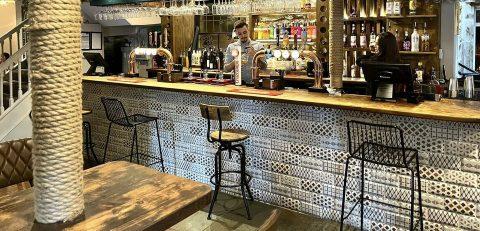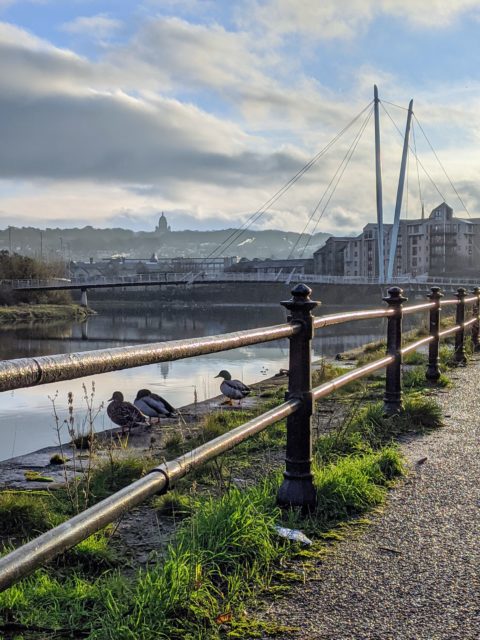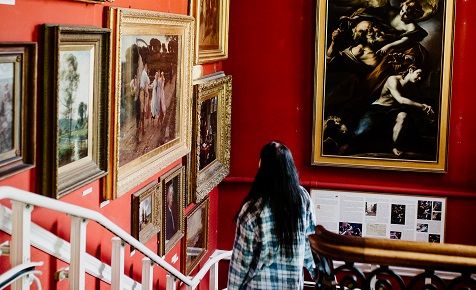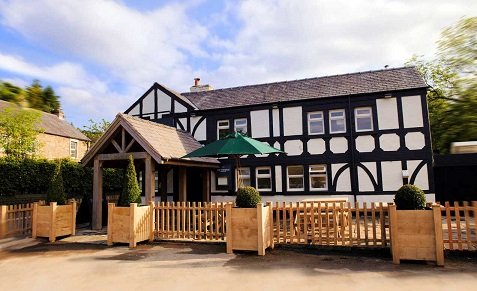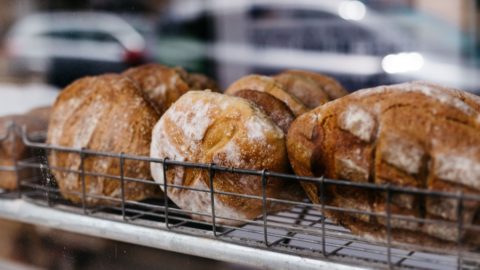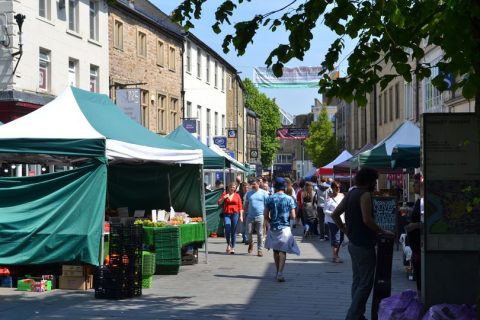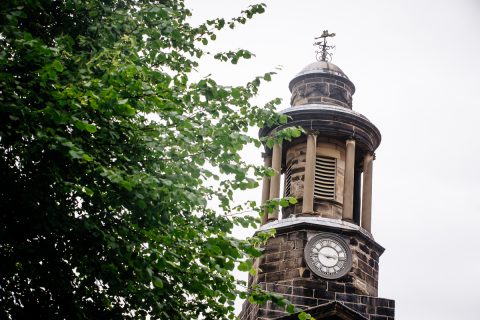Elizabeth Glasson

This framed portrait from our collection is entitled Mrs Glasson, Widow of a naval officer, and Postmistress of Lancaster (circa 1843-1853). A bit of research tells us that this caption is only partly accurate, but Mrs Glasson’s story gives us an intriguing snapshot of life in 19th-century Lancaster.
Elizabeth Moffat Glasson (nee Weir) was born on 26 August 1789 in St. Ann, Jamaica. Her mother was Elizabeth Collett Johnston (nee Gilbert), and her father was Dr Alexander Weir, a plantation doctor for St.Annes.
Dr Weir was Elizabeth’s mother’s second husband, following the death of her first husband and Weir’s business partner, the very ambitious plantation doctor Dr Alexander Johnston. Despite Johnston’s estate being valued at around £19,300 at the time of his death in 1787 (equivalent to about £3.8 million today!), Elizabeth’s mother was left nothing in his will except the original 300 acres that came with her as her dowry. Dr Johnston’s two ‘illegitimate’ children (had by a slave in a neighbouring town) had their freedom bought and were left a slave each. His four ‘legitimate’ sons shared the valuable estate between them. Their sister received £100. Elizabeth Johnston went on to marry Dr Weir soon after Dr Johnston’s death and they had two girls, Elizabeth and Isabella. Weir died in 1794, once again leaving Elizabeth’s mother a widow.
Elizabeth’s story goes quiet for a while but at some point in the next 19 years she crosses the Atlantic: according to the Registry of Marriages at St. Mary’s Church (Lancaster Priory), Elizabeth Moffat Weir married John Cornish Glasson in Lancaster on 12 June 1813. John was a soldier in the 2nd Queen’s Royal Regiment, based in Sussex. They went on to have three children, though their son James died before his first birthday. Elizabeth’s husband died in 1820 in Demerara, Guiana, at the age of 35, leaving her a widow after only seven years of marriage. Elizabeth would continue to receive John’s pension of £40 a year from the army. At no point was he ever registered as a Naval Officer. Perhaps this is a story that Elizabeth used to tell to uplift her status.
Again, we lose sight of Elizabeth for a while. She may have been able to live on her savings, pension and inheritance for some time before deciding to seek paid employment. But here her options would have been severely limited. Middle-class women were expected to remain at home, and if circumstances forced them to make their own living then opportunities for ‘respectable’ employment were few and far between. In the previous century, becoming a governess or teacher had been almost the only socially acceptable alternative to marriage. In the Victorian era, nursing and secretarial work were added to the list. The Post Office also employed an increasing number of women. Some inherited their positions from their parents or husbands, but many others, like Mrs Glasson, were appointed on their own merits. She first pops up on the Post Office payroll when she was appointed as a Deputy Postmaster in Lancaster in 1833, working under Miss Elizabeth Noon, who had managed the Lancaster Post Office since 1825. Elizabeth was required to be covered by a penalty bond of £1000 to the Post Office upon her appointment. (That’s around £68,000 today!) This was the rate set for Lancaster at the time and covered her in case she failed to perform her role satisfactorily. They needn’t have worried, Elizabeth served for ten years as Deputy and another ten years as Postmaster, until 1853 when she retired aged 64. The official age of retirement in the Post Office at this time was 60 years old.
In 1836 an E.M. Weir made a successful compensation claim for two enslaved people whom she claimed to own in Jamaica. This was possibly Elizabeth, as many people living in England still owned slaves or shares in enslaved people or plantations in the West Indies and Americas up until the passing of the Abolition of Slavery Act in 1833. They may well still have been registered in her maiden name.
In 1851 Elizabeth is shown on the Lancaster Census as living on Market Street, Lancaster. She lives with her daughter Eliza, who is Assistant Postmaster and a spinster aged 30. They have two members of staff: Mary Brewer, a 15-year-old Housemaid, and Elizabeth Baines, who is 18 and their Cook. By 1861 Elizabeth is recorded as living with her son George Johnson Glasson in Poulton, Bare. George’s occupation is recorded as a Coffee Planter. She died on 28 Jan 1881 in Kensington, London. She was 92 and had lived as a widow for 61 years.
Elizabeth’s story, her connection to plantations in Jamaica and the transatlantic slave trade through her parents and her possible claim for two enslaved people following the abolition of slavery show how deep-rooted the trade was among seemingly ordinary people.
It is only with help from the Postal Museum in London, census records, military pension records, parish registers, and private family records that we have been able to build this picture of Elizabeth’s life.


